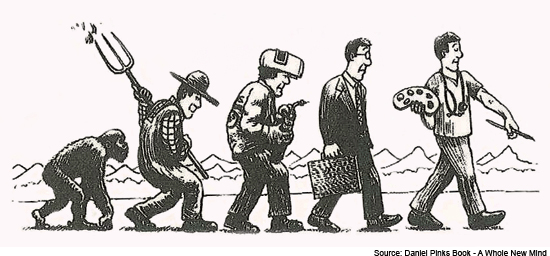 |
| Switchfoot's ninth studio album, released January 2014 |
 |
Accompanying film, released late 2013
|
The images above are recent works alternative rock band Switchfoot. The artwork effectively
communicates main themes of their album and film, both titled Fading West, such as going back to their
roots on the West Coast, expanding and diversifying their music, and the
adventures and inspirations of a world tour. From the representative title to
the raw photography to the layer of editing, the covers are truly works of art.
Switchfoot has been
a relatively well-known band since the early 2000s and have built up quite a
fanbase over the years. One motive for creating the film was to reveal a deeper
layer of their lives as musicians, surfers, Christians, and simply people. For
the album, they wanted to keep pushing their sound outside of the box, drawing
inspiration from music from around the world, and building "a landscape of
sound" as described by one member.
With respect to the
artwork, the raw photograph is very simplistic but meaningful: the five band
members stand facing west, among them a camera, a surfboard, and a guitar. One
interesting detail is that in the image "west" translates to "left",
and moving left is often considered backward (right is forward), reinforcing
the idea of going back to their roots. The well-placed props represent
different loves of the band, the camera communicating a desire to capture and
share their journey, and the surfboard and guitar rather self-explanatory. The
backdrop, an untamed beach, adds a spirit of exploration and adventure. These
aspects of the artwork parallel the very natural, beachy, alternative vibes
found in the album.
The artwork also
represents their hope to diversify and explore cinematic themes, both in the
film and in their music. This is shown in the editing of near-psychedelic red
and blue lighting and film-grain-like streaks. The cooler tones are reminiscent
of the ocean and more serious times in their journey, while the warmer tones
read like sun flares, bringing warmth and an adventurous spirit.
The artwork captures
the mood and message of the works inside the packaging so well. Even with the
editing, it appears vulnerable and honest, not playing on their styling or
fame, but highlighting the band members and their loves, their journey.







